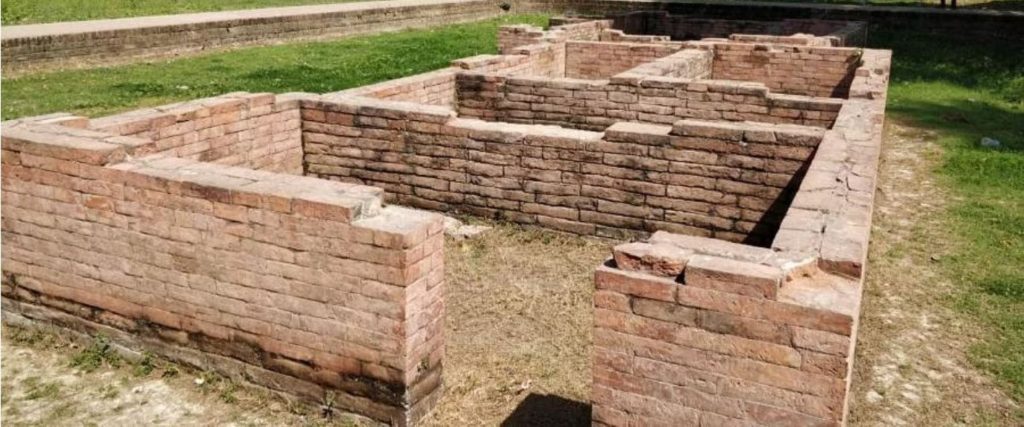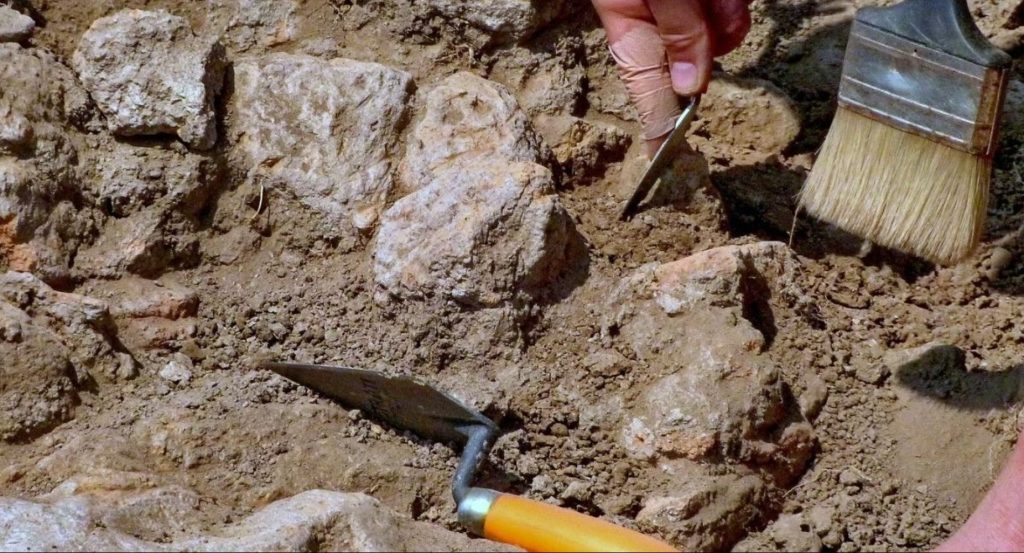Devanjana Mukherjee, Khabri Media
Archaeological discoveries have the power to unveil the hidden chapters of human history, offering us a glimpse into the lives and cultures of our ancestors.

Archaeological remains from Mauryan Era (Pic: Social Media)
One such discovery has recently sent ripples through the archaeological community, as they express their profound concern over the fate of a buried Mauryan period assembly hall in India. The importance of this finding cannot be overstated, and experts are now calling for immediate restoration to ensure the preservation of this invaluable historical treasure.
To subscribe please click tau.id/2iy6f and access our live channel.
The grave concern is over a plight of an 80-pillar assembly hall, where emperor Ashoka is believed to have held meetings more than 2,000 years ago, calling for its immediate re-excavation from 20-feet beneath the soil, where it lay buried since two decades.
The hall, situated at Kumhrar area here, first came to light during excavations in 1912-13, and was allegedly buried by officials of the Archaeological Survey of India (ASI) in 2004, due to frequent waterlogging and seepage.

Excavation in progress of Mauryan architecture (Pic: Social Media)
The hall is regarded as the only evidence of the architectural activities of the Mauryan emperors in the entire Indian sub-continent. Kumhrar is the area of Patna where remains of the ancient city of Pataliputra were excavated. The archaeological remains of the Mauryan period from 322–185 BC have been discovered at the site, and this includes ruins of the 80-pillared assembly hall.
READ: FIR from British Era
The fresh demand for restoration of the Mauryan period assembly hall by archaeologists and historians comes amid the release of draft heritage bye-laws for the supposed site of the Palace of Ashoka at Kumhrar for conservation and periphery development.
The draft heritage bye-laws were recently released by the National Monuments Authority (NMA) under Section 20 (E) of the Ancient Monuments & Archaeological Sites and Remains Act, 1958 on the basis of field surveys.
The Mauryan Empire, which spanned from approximately 322 to 185 BCE, was one of the most significant empires in ancient India. Under the leadership of Chandragupta Maurya and his descendants, this empire flourished and left a lasting impact on Indian history.




